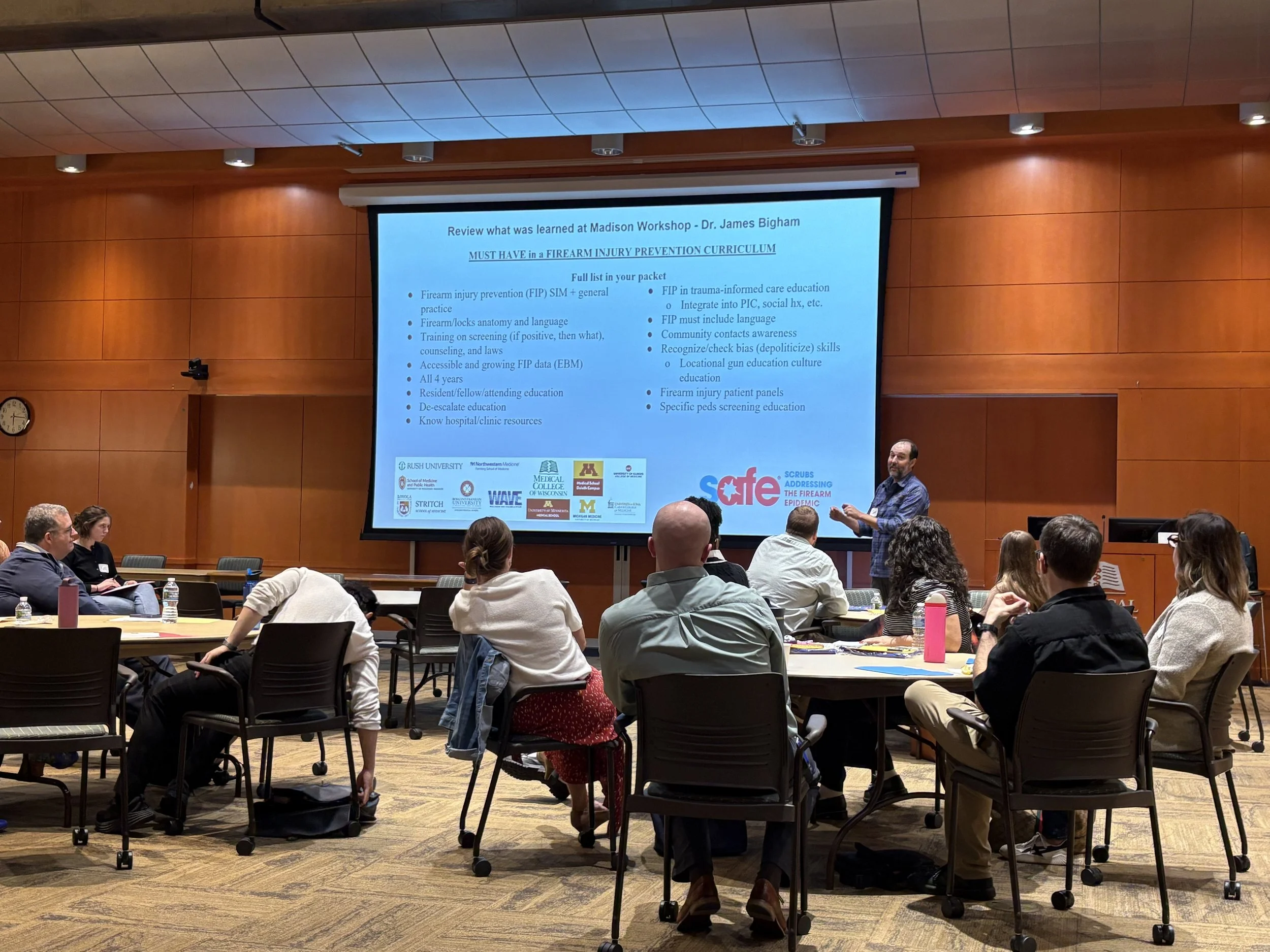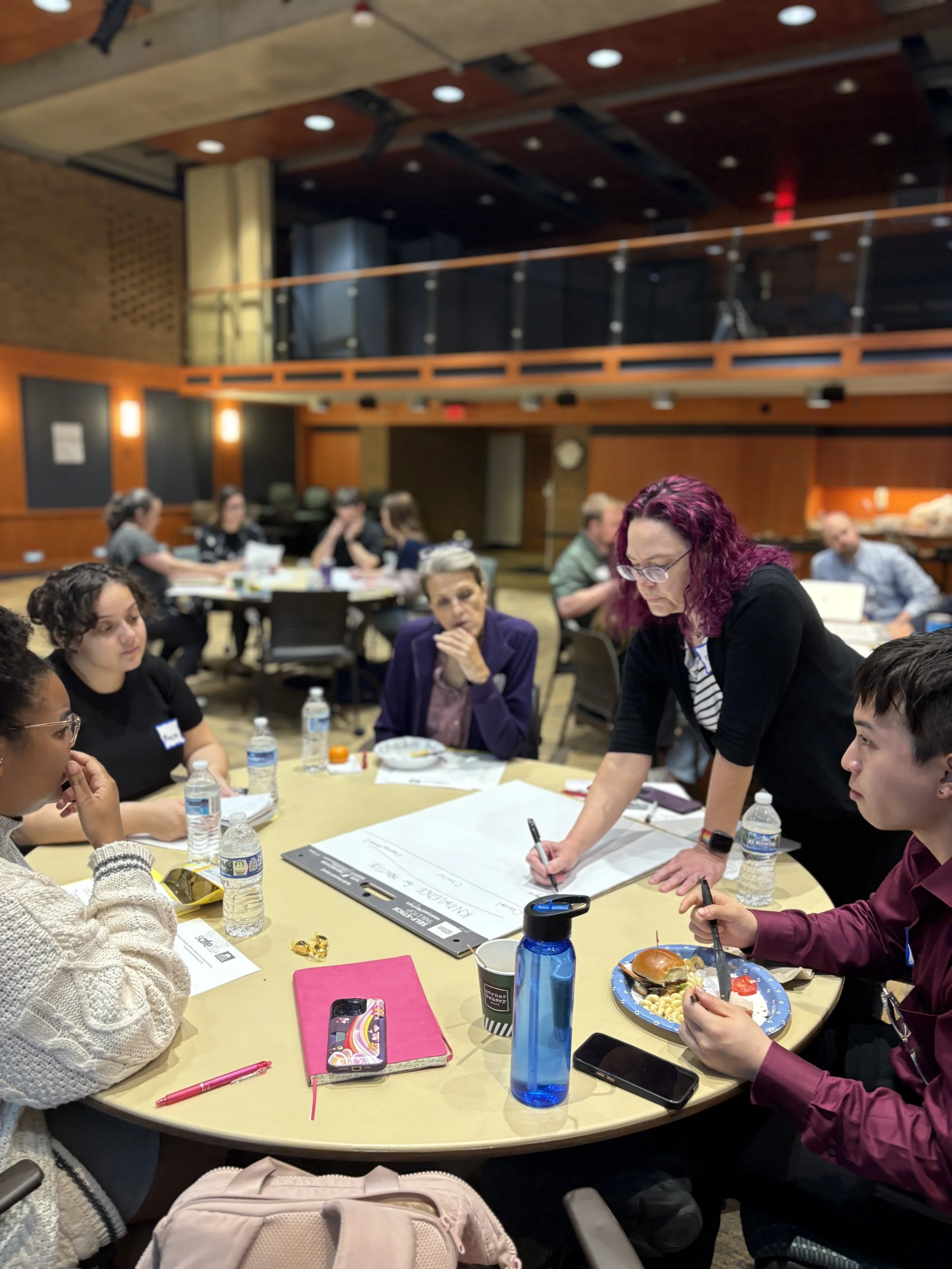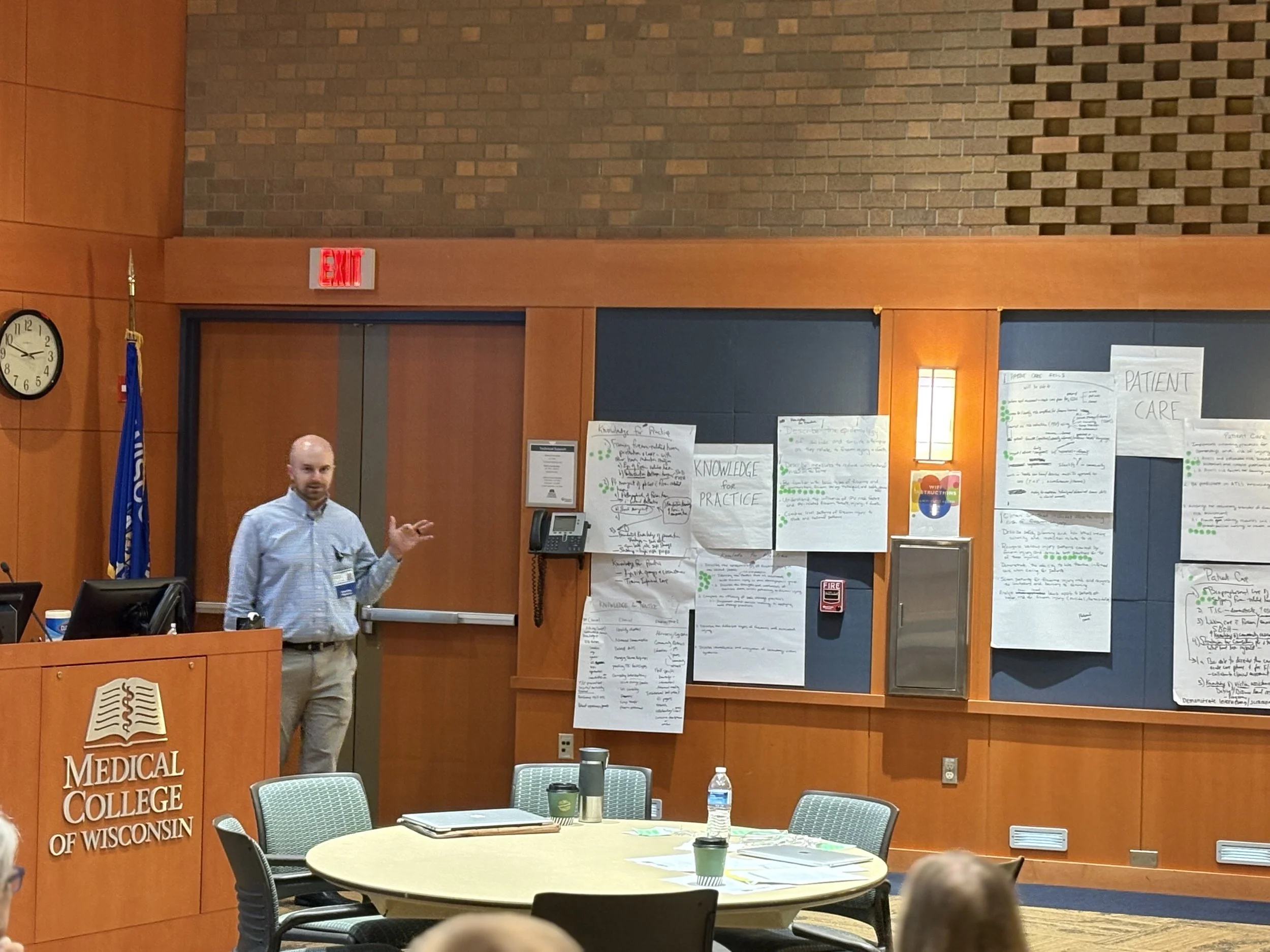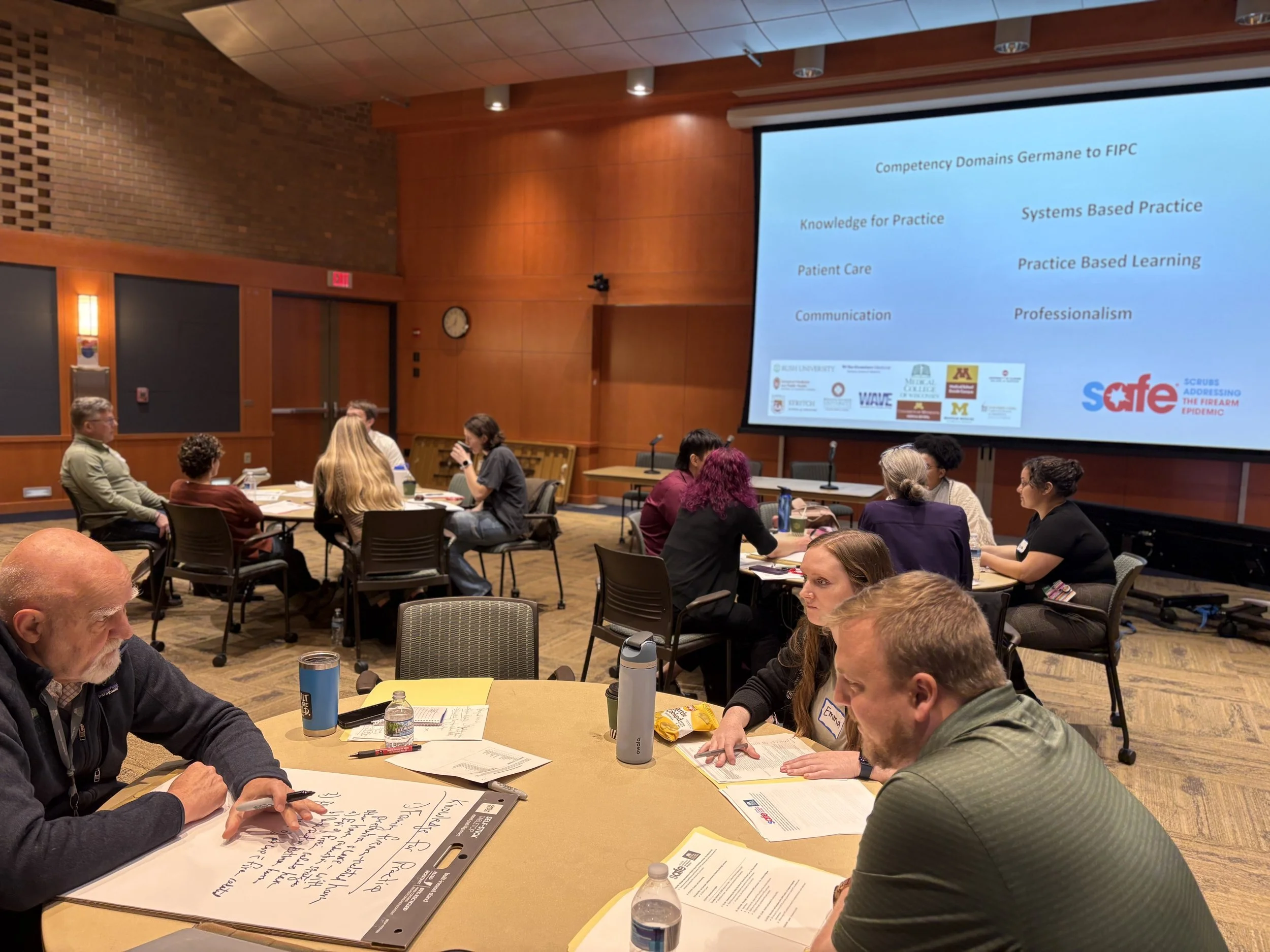Educating Healthcare Professionals
Empowering Healthcare Providers to Counsel Patients at Risk for Firearm Injury Through Improved Education
By working together, we can develop an effective and culturally responsive curriculum that will equip future physicians to address the multifaceted but addressable issue of firearm injury and death.
Upcoming Curriculum Building Workshops
We are eager to share our Collaborative Workshops on Firearm Injury Prevention Curriculum opportunities with diverse and community-centered institutions and people.
Interested in Collaborating with SAFE on a future workshop? We’d love to connect. Click on Collaborate button.
Host a Watch Party - Invite your Colleagues!
-
The course is intended to be completed in its entirety (90 minutes), Though individual components can be treated as stand-alone to best accommodate program scheduling and goals.
SAFE created the Clinicians and Firearms curriculum to be readily adopted into pre-existing programming. It is newly re-designed around guidelines for technical standards outlined by M.D. and D.O. programs throughout the United States. Competencies defined by the AAMC’s Physician Competency Reference Set (PCRS) and individual programs were referenced during development. text goes here
The Distribution packet includes: Course Overview, Course Marketing, CME, Instructions, Evaluation, Asset Library, Additional Resources
Previous Curriculum Workshops
Take a look at our past Collaborative Workshops on Firearm Injury Prevention Curriculum.
-
Medical students are the next generation of physicians, and emphasizing the importance of and gaining comfort with discussing firearm safety with patients from early is vital to incorporating this issue into physicians' daily practice.
Healthcare providers hold a vital role in preventative care. Discussing firearm safety has shown to improve patient wellbeing by increasing the number of firearms that are kept locked and unloaded in homes (1, 2). However, due to a lack of training, providers often do not feel comfortable counseling patients and families regarding safe gun ownership (3, 4).
75% of physicians lack formal training on counseling for firearm interventions and there is currently no standardized medical student or resident physician education surrounding firearm violence (5, 6). Given these alarming statistics, we see an urgent need to train medical students, residents, and current providers with firearms injury prevention curriculum.
-
In 2019, SAFE built an online curriculum that was updated and released in July 2024. Clinicians and Firearms was created to serve as a model for firearm injury prevention education. This platform can hopefully reflect lessons that can be incorporated into medical schools’ structured clinical exams for their students.
-











